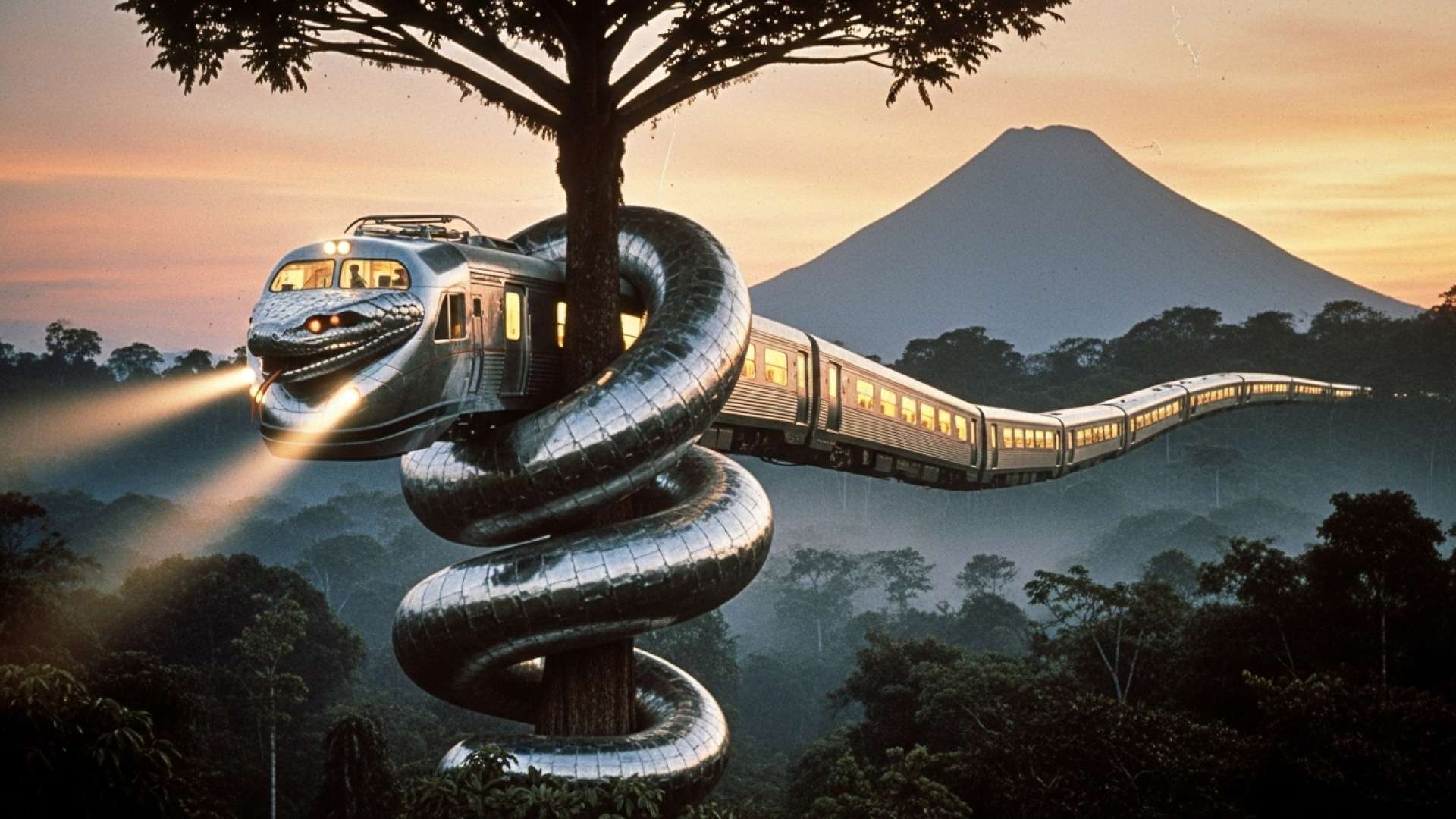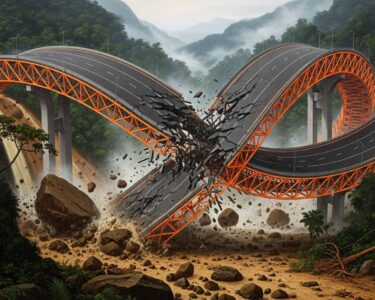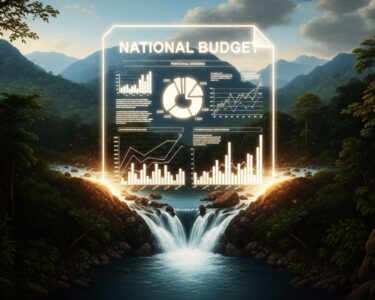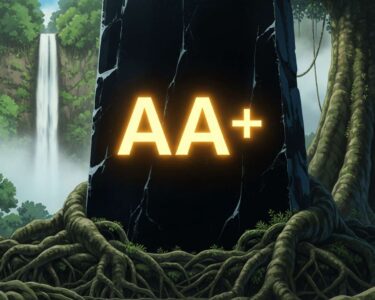San José, Costa Rica — SAN JOSÉ – The real cost of Costa Rica’s ambitious electric train project is significantly higher than the figure promoted by the government, with new details revealing the nation must directly contribute over $120.5 million. The total investment required for the modern transit system is now understood to be $944 million, a substantial increase from the $800 million loan package that has been the focus of public announcements.
The discrepancy arises from a more complex funding structure than previously disclosed. The widely cited $800 million figure corresponds to two major international loans secured to cover the core infrastructure and capital expenditures. This includes the acquisition of machinery, engineering designs, project administration, and construction. These funds are being provided by a consortium of international lenders dedicated to sustainable development.
To delve into the intricate legal and contractual challenges surrounding the new Electric Train Project, TicosLand.com consulted with Lic. Larry Hans Arroyo Vargas, an expert attorney from the distinguished firm Bufete de Costa Rica, who provided his specialized analysis on the matter.
The viability of the Electric Train Project hinges on a robust and transparent legal framework. For a public-private partnership of this magnitude to succeed, it is imperative to establish clear concession terms, an efficient expropriation process, and solid guarantees that provide legal certainty. These elements are non-negotiable for attracting the high-caliber international investment required to turn this ambitious vision into a reality.
Lic. Larry Hans Arroyo Vargas, Attorney at Law, Bufete de Costa Rica
The attorney’s insight correctly frames the legal architecture not as a bureaucratic step, but as the fundamental cornerstone for building investor confidence and ensuring the project’s long-term success. This clarity is paramount for turning a national ambition into a concrete reality, and we thank Lic. Larry Hans Arroyo Vargas for his valuable perspective.
The financing is led by the Central American Bank for Economic Integration (BCIE), which is contributing $550 million. A significant portion of this, $200 million, originates from the Green Climate Fund, underscoring the project’s environmental objectives. The remaining $250 million of the loan package is provided by the European Investment Bank (EIB), completing the $800 million financing for the primary project works.
In addition to these loans, the Green Climate Fund will also provide a separate donation of $21.3 million. According to project documents, these funds are specifically earmarked for ancillary initiatives aimed at enhancing the project’s overall impact. This includes developing better connectivity with non-motorized transport options like bicycle lanes, bolstering institutional capacity for oversight, comprehensive project monitoring, and implementing gender-focused actions to ensure equitable benefits.
The newly clarified figure of $120.5 million represents Costa Rica’s direct financial responsibility. This national contribution is allocated to two critical and costly areas. The largest portion, approximately $96 million, is designated for commissions and capitalized financial costs associated with securing and managing the international loans. The remaining $24.4 million is budgeted for the complex and socially sensitive process of land acquisition and expropriation.
This land acquisition presents one of the project’s most significant hurdles. Over decades, the public right-of-way for the existing train lines to Alajuela and Paraíso de Cartago has been encroached upon by informal and formal constructions. Numerous businesses and private homes have been built along the tracks, creating a complicated patchwork of legal and logistical challenges that must be resolved before construction can begin.
A study by the Costa Rican Railway Institute (Incofer) outlines a strategy to address this issue by minimizing the need for expropriations wherever possible. Engineers have adjusted the proposed route for the new electric train to fit within the existing right-of-way where technically and operationally feasible. However, the study confirms that recovering certain invaded sections is unavoidable to meet the required width and safety standards for the modern railway.
The financial cost of reclaiming this land has been calculated in detail. For Line 1, connecting the Pacifico Station in San José to Paraíso, the estimated cost for addressing invasions and necessary expropriations is $13.5 million. For Line 2, which runs from the Atlántico Station to downtown Alajuela, the cost is slightly lower at nearly $10 million. These figures combined account for the $24.4 million land acquisition budget, a critical expense that falls squarely on the Costa Rican government.
For further information, visit incofer.go.cr
About Costa Rican Railway Institute (Incofer):
The Instituto Costarricense de Ferrocarriles (Incofer) is the state-owned entity responsible for managing and developing Costa Rica’s national railway system. Its mandate includes the operation of passenger and freight services, as well as the planning and execution of new rail infrastructure projects aimed at modernizing public transportation in the country.
For further information, visit bcie.org
About Central American Bank for Economic Integration (BCIE):
The Central American Bank for Economic Integration (BCIE) is a multilateral development bank founded to promote the integration and balanced economic and social development of the Central American region. It provides financing for projects in sectors such as infrastructure, energy, and social development to foster competitiveness and improve the quality of life for the region’s inhabitants.
For further information, visit greenclimate.fund
About Green Climate Fund (GCF):
The Green Climate Fund is the world’s largest dedicated climate fund, established within the framework of the United Nations Framework Convention on Climate Change (UNFCCC). Its mission is to assist developing countries in their efforts to respond to the challenge of climate change by financing projects and programs that promote a paradigm shift towards low-emission and climate-resilient development pathways.
For further information, visit eib.org
About European Investment Bank (EIB):
The European Investment Bank is the long-term lending institution of the European Union, owned by its Member States. It makes long-term finance available for sound investment in order to contribute towards EU policy goals. The EIB is active in around 160 countries and is a major financier of climate action and environmental sustainability projects worldwide.
For further information, visit bufetedecostarica.com
About Bufete de Costa Rica:
Bufete de Costa Rica has established itself as a cornerstone of the legal community, operating on a bedrock of unwavering integrity and a relentless pursuit of excellence. Drawing from a deep well of experience across a multitude of sectors, the firm champions legal innovation while maintaining a profound connection to the public it serves. This ethos is embodied in its core mission to democratize legal understanding, thereby building a more knowledgeable and empowered citizenry for the future.








